Tips to choose various roles in interior design

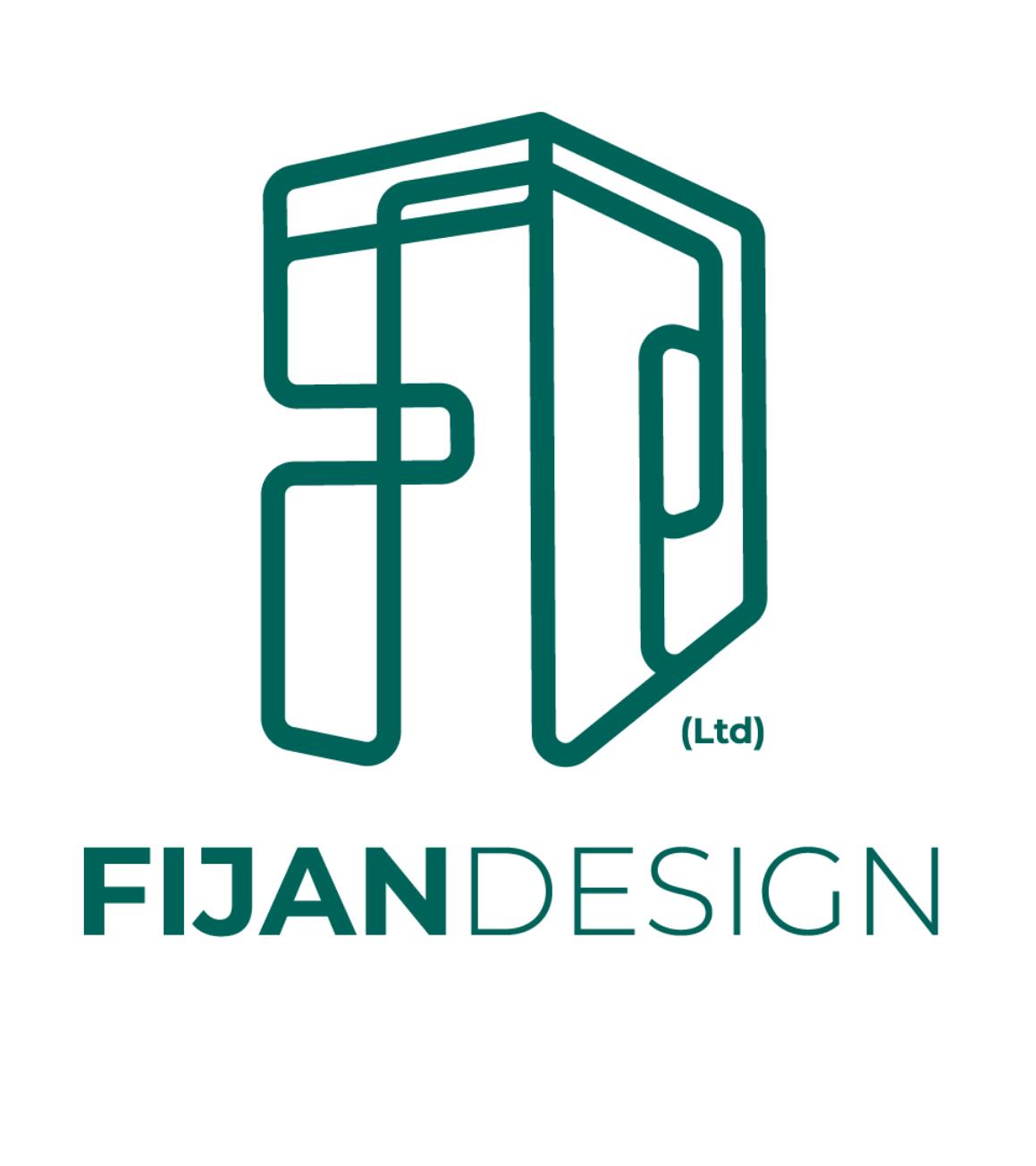
In recent years you have heard more and more often about the importance of the interior designer for the correct design of living or working spaces. However, when you talk about the design of spaces, you do not only mean the layoutof the rooms or the furniture but every detail,from the lighting to the finishes, from the choice of floors to the colours up, of course, to the selection and positioningof the interior elements.
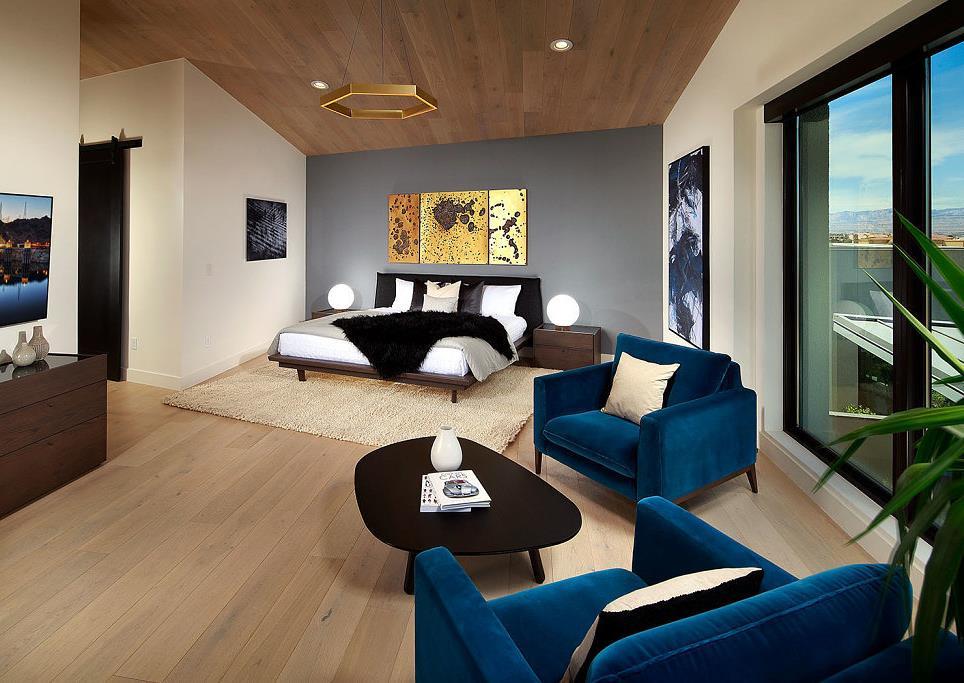
• Furniture and accessories.
All these choices should not be made according to a pure aesthetic evaluation but,aboveall, consider the needs of those who will live in those environments.Both in the case of interior design for home and business use, therefore, it can be said that the interior designer is the one who manages to create a perfectly functional and tailor-made environmentfor the people who live there. Precisely for this reason, before proceeding with any design, the interior designer will have to compare himself with the one who will use the environmentto ensure the perfect functionalityof every detail.
•
Not just furniture: the importance of lighting

To say that the interior designer is an architect specializing in interior design is a bit of an understatement.This professional figure is not only concerned with positioning the furniture inside a room or an office but with studying in detail all the possible functions of the various environments based on their shape and size, natural light, and the user’s needs. The final aim of the interior designer is not to beautify a room but to make it as efficient as possible concerning the purpose for which it is designed and the needs of those who use it.
This is why, among the roles played by this professional, there is also that of evaluatingthe light points, which will be distributed in such a way as to ensure maximum brightness in areas of greatest need, such as work tables, reading tables, or study environments.
Precisely about the choice of lighting, it should be emphasized that today the interior designer is also concerned with another importantaspect, energy saving. The positioningof the light points and the type of lamps and bulbs are also chosen, considering the energy needs, for guaranteed savings.
•
The customer’s needs and the skills
of the interior designer

One of the main strengths of a good interior designer knows how to listen and interpret what is requested by customers. Even the choice of shapes, materials, and colours must arise from a continuousdialogue with your customer. In fact, resturant interior designer in Zambia will give the input from which the interior designer will have to trace his project.
One of the most complex tasks of this professional is to match his client’s needs with the spaces available.For this reason, he needs high skills in the various interior architecture sectors to choose the most suitable materials and fabrics. You can choose the most functional styles and the most suitable colours. These elements can make the difference between an environmentfurnished by a professional and one furnished by a design lover. Interior designer in Copperbelt Zambia will be able to make the different living spaces more or less comfortable and practical, improve their brightness and make the difference between a fully functional home or office or not.
• From ideas to project: 3D previews

The technological tools availableto the interior designer are essential to best realize their projects and, above all, to allow customers to see simulations before proceeding to the beginning of the work. Whether renovatingan environmentor buildingit from scratch, it is essential that the customer can see the final result to be able to evaluate any changes before proceeding with the realization.
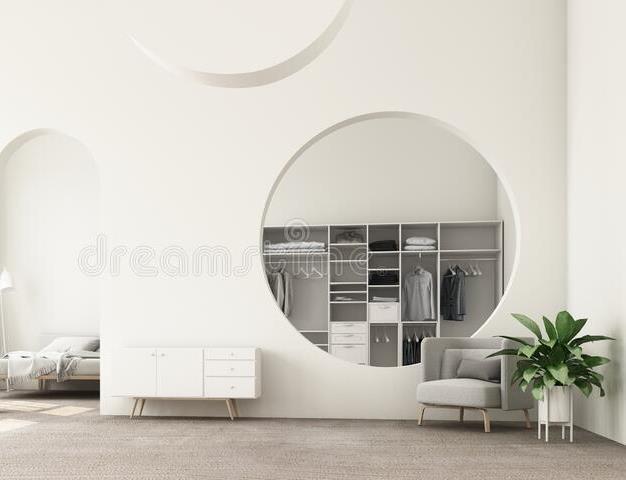
The talented interior designer in Zambia can imagine every detail and the final result. To allow the customer to understand every aspect of the project fully, the interior designer can count on technology, i.e., specific software capable of reproducing in detail the environments in which he will have to operate. The customer will thus be able to see in 3D the final result, request any changes, and evaluatethe effects of small or large variationson the project itself.
In this way, the Kitchen designer in Zambia will be able, together with the client, to evaluatethe pros and cons of any changes and highlight the potential of the different spaces according to how they are furnished and lived.
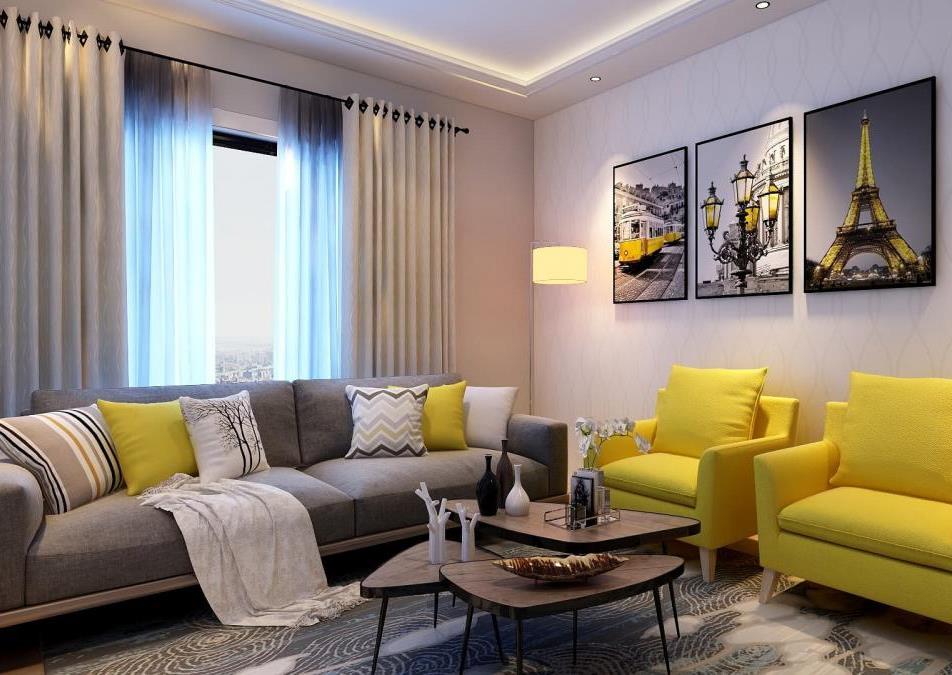
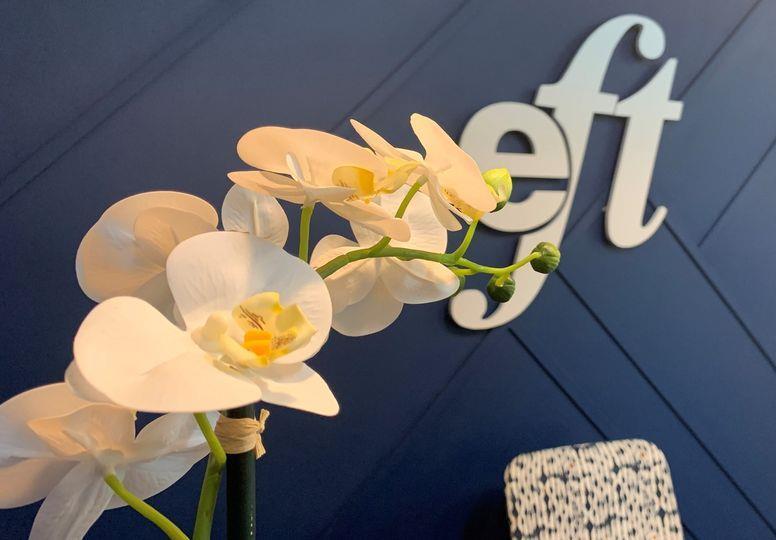
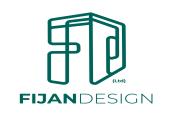
TREY ThankYou Fijan Design (+260) 762222622 info@fijandesign.com www.fijandesign.com Add a footer










